Khan Muzammil goes through Rajmohan Gandhi’s Fraternity: Constitutional Norm and Human Need and Nalini Ranjan’s Secularism: How India Reshaped The Idea to understand the evolution of the Constitution of India.
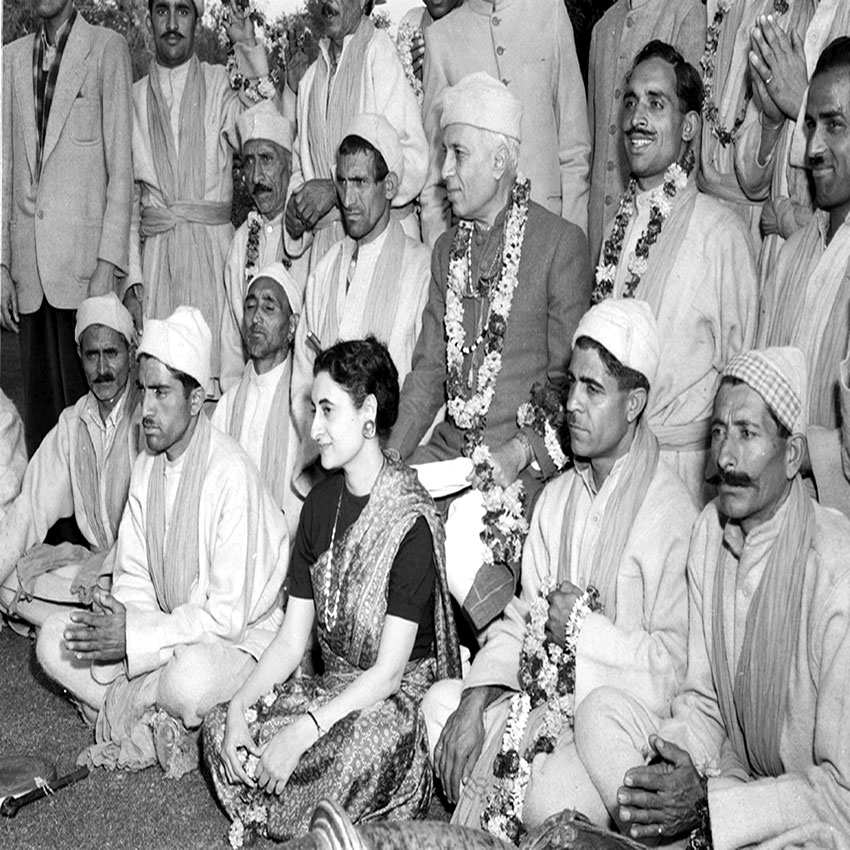
The Indian Constitution, esteemed for its emphasis on freedom and equality, notably underscores the importance of fraternity. Rajmohan Gandhi, Mahatma Gandhi’s grandson, examines the fraternity’s role in nurturing individual dignity and national unity.
Fraternity, positioned at the core of the Preamble, serves as a vital link, uniting the respect accorded to each citizen with the fortitude engendered by national solidarity. Without this sense of collective belonging, the assurances of liberty and equality lose their substance. Yet, a challenge arises from the gendered connotation of fraternity, potentially excluding half of humanity. However, such perceived exclusion contradicts the broader ethos encapsulated by the term. In India and beyond, fraternity encompasses deep-seated respect and solidarity among all individuals, irrespective of gender. This essence reverberates through the chants of the Indian freedom movement, exemplified by Hindu-Muslim Bhai-Bhai, which embraced not only brothers but sisters and the bonds uniting them.
Finding a singular term to encapsulate the rich warmth of fraternity remains a pursuit. While alternatives such as Bandhuta, Maitri, and Dosti carry resonance, none have garnered the widespread acceptance or legal weight of fraternity. Embedded in the Indian Constitution, this word guides even our Supreme Court rulings, underscoring harmony as the cornerstone of national unity.
The journey toward upholding this ideal is fraught with challenges. As the opening narratives of the book illuminate, prejudice and discrimination cast lingering shadows. Yet, we must heed Dr Ambedkar’s profound assertion: “Without fraternity, liberty and equality could not become a natural course of things. It would require a constable to enforce them.”
A Social Value
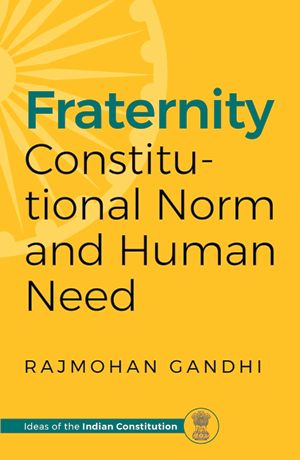
Fraternity: Constitutional Norm and Human Need delves into the concept of fraternity and its significance as both a constitutional and social value in India, drawing comparisons with the United States and France. While the United States prioritises liberty in its Constitution and amendments, fraternity is less explicitly stated. The preamble mentions domestic tranquillity and general welfare, which could be construed as facets of fraternity, though the term itself remains absent.
In contrast, France explicitly embraces fraternity in its motto liberté, égalité, fraternité and its 1958 Constitution. This concept is intertwined with solidarity and shared responsibility for fostering a fair and just society. The historical roots of these values are explored, tracing back to the American and French Revolutions. While both revolutions emphasized liberty and equality, the French Revolution particularly emphasized fraternity.
The Constitutional Evolution
In the late 1920s, amidst India’s quest for self-rule under a new constitution, the Indian National Congress grappled with the challenge of crafting a document acceptable to a diverse and seemingly divided nation. The Motilal Nehru Committee, entrusted with this task, proposed a framework aligned with the ideals of a nascent democracy. Their vision included fundamental rights, an independent judiciary, recognition of linguistic diversity through provinces, and the adoption of a unifying national language, Hindustani. To ensure equitable representation for religious minorities, the committee advocated for reserved seats in both central and provincial legislatures.
However, the proposals fell short of satisfying the Muslim League, led by Muhammad Ali Jinnah, who raised concerns about the dominance of a Hindu-centric government over Muslim-majority provinces like Bengal and Punjab. The Nehru Committee’s attempt at compromise encountered a significant obstacle in the federal question – the delicate balance between state autonomy and central authority. This hurdle, as history unfolded, extended beyond the immediate concerns of religious minorities. Matters such as tax revenue allocation, bureaucratic control, river water rights, state boundaries, and inter-governmental communication tested the intricate relationship between states and the centre, as well as between neighbouring states themselves.
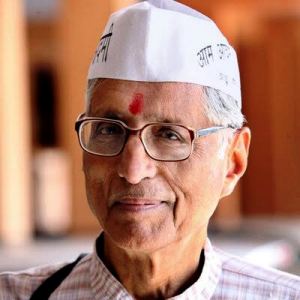
Another crucial juncture in India’s constitutional journey unfolded in 1931 with the Indian National Congress’s Karachi resolution on fundamental rights. Guided by Mahatma Gandhi and Jawaharlal Nehru, this resolution marked a significant stride toward an independent India. It pledged to uphold essential freedoms such as expression, religion, and assembly; abolish untouchability and serfdom; promote equality irrespective of caste, sex, or creed; ensure fair labour practices; and establish a secular state. Gandhi’s poignant assertion, “Swaraj will favour Hinduism no more than Islam, nor Islam more than Hinduism,” encapsulated the nation’s aspiration for inclusivity and justice.
As India approached independence, two influential voices resonated within its struggle: Gandhi, the charismatic proponent of national unity, and Ambedkar, the advocate for Dalit emancipation. Ambedkar pressed for separate electorates for Dalits to secure political representation and escape caste discrimination. This clashed with Gandhi’s vision of Hindu-Dalit unity and his apprehension of further alienating Dalits. While Gandhi conceded to separate electorates for Muslims, he staunchly opposed them for Dalits, believing that caste Hindus could reform internally. Conversely, Ambedkar viewed separate electorates to empower Dalits politically and liberate them from caste oppression. The deadlock was broken with the Poona Pact of 1932, prompted by Gandhi’s fast unto death against separate electorates.
The book explores the concepts of democracy and fraternity in Indian history, contending that while glimpses of these ideals can be discerned in ancient Indian texts like the Ramayana and Mahabharata, their widespread practice was not pervasive throughout the country’s history.
Rajmohan highlights India’s longstanding diversity, encompassing various castes, religions, and ethnicities, which has both fortified the nation and posed challenges to unity. Despite efforts, such as teachings from saints and philosophers, fostering fraternity among these groups remains an ongoing endeavour.
Secularism’s Role in National Cohesion
The book challenges the notion that religious ideology alone can forge national unity, particularly by scrutinising the case of Hindutva politics in India. Instead, it advocates for a collective concern for all inhabitants, including those in the broader South Asian region, as a more potent force for national cohesion. Emphasizing empathy, the author proposes a steady march of concern for the well-being of others, irrespective of their backgrounds, as the true bedrock for unity, transcending rigid religious ideologies.
Ultimately, the book calls for introspection and concerted action to cultivate a more inclusive and compassionate society, where every individual, regardless of their background, can live with dignity and freedom.
Nalini Ranjan’s Book

Secularism: How India Reshaped The Idea by Nalini Rajan, the third instalment in a 10-book series published by Speaking Tiger Books, delves into this complex concept, exploring its historical influences, evolving interpretations, and contemporary dilemmas. It meticulously examines the intricacies of secularism and underscores its pivotal role in shaping a diverse nation like India.
Throughout history, religion wielded significant influence over societal affairs until pivotal shifts began to emerge. The Treaty of Westphalia in 1648, amid religious strife, laid the groundwork for secularisation by redistributing church properties and altering power dynamics. Subsequently, the French Revolution symbolised breaking free from religious authority, signalling a shift toward a secular world. However, this transition was not linear. Despite early proponents like John Locke advocating for religious tolerance and state-religion separation, gaps persisted, notably excluding atheists from the narrative.
The term “secularism” gained formal recognition in the nineteenth century, coined by George Holyoake, defining a framework encompassing three core values: state neutrality, religious freedom, and equal citizenship. Yet, translating these ideals into practice presents real-world challenges. The United States, with its wall of separation, grapples with issues of racism and anti-Islamism, while France, under its laïcité model, struggles to accommodate diverse religious identities within its traditionally secular framework.
Nalini Rajan emphasises that secularism is a dynamic concept, shaped by historical contexts, interpretations, and contemporary struggles. As societies evolve and religious landscapes shift, the quest to reconcile religious freedom with equality and secularism remains an intricate and vital endeavour.
India’s secularism prioritises equal treatment for all irrespective of faith, safeguarding religious minorities like Muslims and Christians, as well as marginalised social groups such as Dalits and Adivasis.
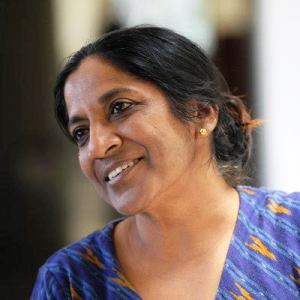
Rooted in colonial history, India’s secular ethos traces back to Queen Victoria’s Proclamation in 1858, which advocated for religious equality and non-interference by the colonial administration after the Sepoy Revolt. The Warren Hastings Regulating Plan of 1772 further shaped religious governance by establishing a judicial system for civil, commercial, and criminal laws, though personal laws, notably within the Hindu community, remained outside this framework until post-independence reforms in 1955-56 aimed at modernisation and standardisation, extending to non-Hindu groups like Buddhists, Jains, and Sikhs.
Within the Indian Constitution, secularism is enshrined through provisions ensuring the non-establishment of religion, protection of religious freedoms, and promotion of equality among religious communities. Articles such as 15(4), 16(4), 330(1), and 332(1) ensure representation and affirmative action for marginalised groups like Scheduled Castes, Scheduled Tribes, and Other Backward Classes. This approach, akin to multicultural rights in countries like Canada and Australia, fosters inclusivity and strengthens secularism by shielding vulnerable groups. Despite debates on these reservations, the book underscores their historical context and positive outcomes, positioning India’s Constitution as a beacon of “progressive and inclusive secularism.”
Debates around secularism in India encompass issues like religious conversion, anti-conversion laws, and the nexus between religion and politics. Rajan highlights tensions between religious freedoms and state intervention, alongside challenges posed by communal politics and identity-based mobilisation. Navigating these complexities, India strives to uphold individual rights, preserve societal harmony, and maintain state neutrality in religious affairs within its democratic framework.
In post-independence India, Indian nationalists held diverse views on the concept of a secular state. Jawaharlal Nehru, India’s inaugural Prime Minister, played a central role in shaping the nation’s secular ethos. Nehru’s stance on secularism was influenced by his background in natural sciences and his unwavering advocacy for rationality and scientific temper.
Secularism in Practice
His commitment to secularism was evident in legislative endeavours, notably, the Hindu Code Bills passed from 1955 to 1958, aimed at modernising and standardising personal laws within the Hindu community. Nehru strongly opposed public functionaries’ involvement in religious events, viewing it as undermining the separation of state and religion.
Yet, Nehru’s vision faced challenges within India’s political and social landscape. While the Indian Constitution did not explicitly endorse secularism, state intervention in religious affairs was permissible on a “principled” basis. Figures like Sarvepalli Radhakrishnan contended that India’s religious impartiality stemmed from ancient tradition. Debates during the Constituent Assembly highlighted diverse opinions, with some, like KT Shah, advocating for absolute neutrality, while others, like Govind Malaviya, stressed acknowledging the majority population’s religious beliefs. The term secular was added to the Constitution through the 42nd Amendment in 1976, not present in its original 1950 iteration.
Nehru’s correspondence with chief ministers offered insights into his approach toward religious minorities, particularly the Muslim community. He emphasised protecting minority rights and adopting a civilised stance toward religious diversity to prevent internal strife. While Nehru’s secular vision was fundamental to India’s post-independence identity, it coexisted with the nation’s inherent religious and cultural diversities. Figures like Mahatma Gandhi, often juxtaposed with Nehru, contributed to the discourse on secularism with their emphasis on religious tolerance, equal citizenship, and the separation of religion from state affairs. Despite differing perspectives, the legacy of these nationalist leaders continues to shape India’s secular identity and ongoing discussions on the role of religion in public life.
The drafting of India’s constitution was not merely a legal exercise; it was a battleground of ideas on how to represent a diverse nation. Two fiercely debated concepts were separate electorates, which reserved seats for specific communities, and proportional representation, aimed at reflecting the broader vote distribution.
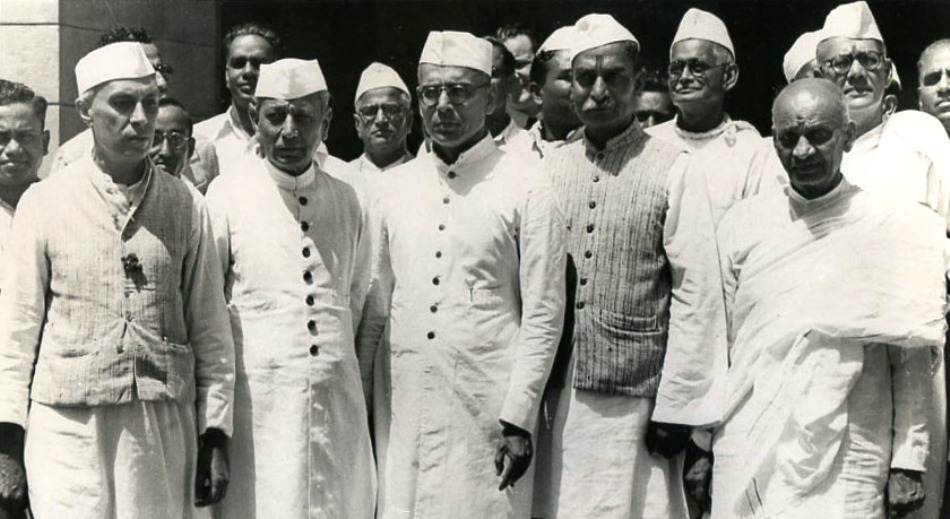
Initially, both Muslims and Scheduled Castes (formerly untouchables) advocated for separate electorates, fearing marginalisation in a Hindu-majority nation. However, leaders like Sardar Patel viewed this as divisive, arguing it would isolate minorities and promote narrow group interests over broader policymaking. In contrast, proponents of proportional representation sought to ensure every vote counted. Systems like party-list or ranked voting aimed to distribute seats more fairly based on overall vote share, giving minorities a voice and fostering diverse perspectives in government. Yet, opponents expressed concerns about weak majorities and unstable coalitions under this system.
The book underscores the historical context, noting British colonial rule’s “divide-and-rule” tactics fuelling communal tensions. The constitution aimed to avoid replicating these divisions. It also emphasises that true citizenship involves a reciprocal relationship: not only does the state grant rights, but individuals also embrace their role in a diverse democracy. These decades-old debates remain pertinent, raising questions about balancing majority rule with minority rights and fostering an inclusive democracy through electoral systems.
The book’s final section examines how the courts have actively shaped and defined secularism through their judgments. Cases like the Durgah Committee case (1961), Satsangi Case (1966), Stanislaus case (1977), Shah Bano case (1985), Vaishno Devi Case(1997), and the Puttaswamy Case (2017) are explored, providing insights into the judiciary’s role in interpreting secular principles within the Indian context.















